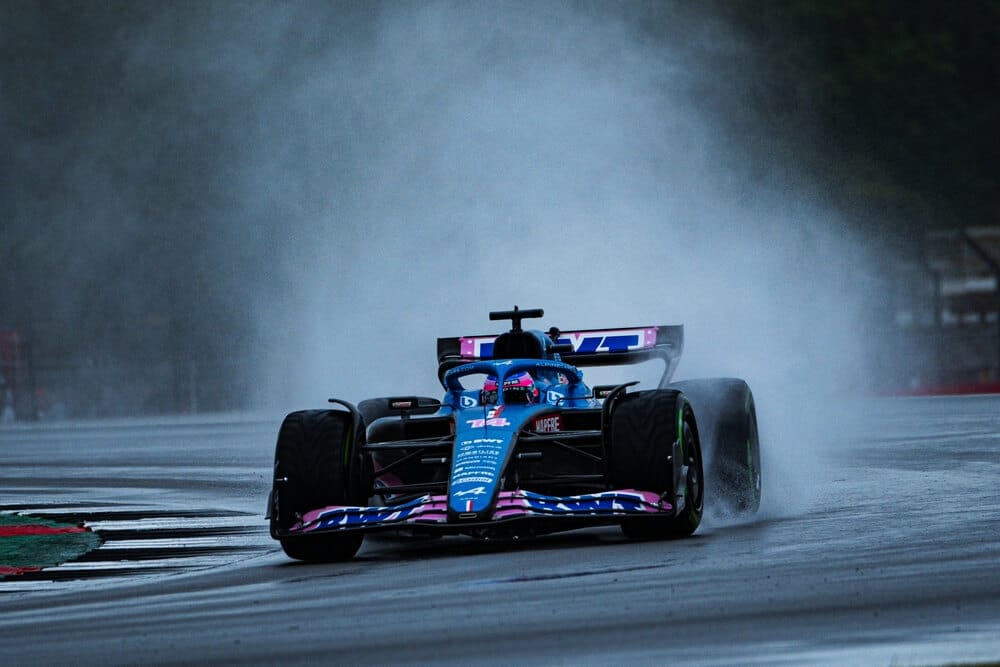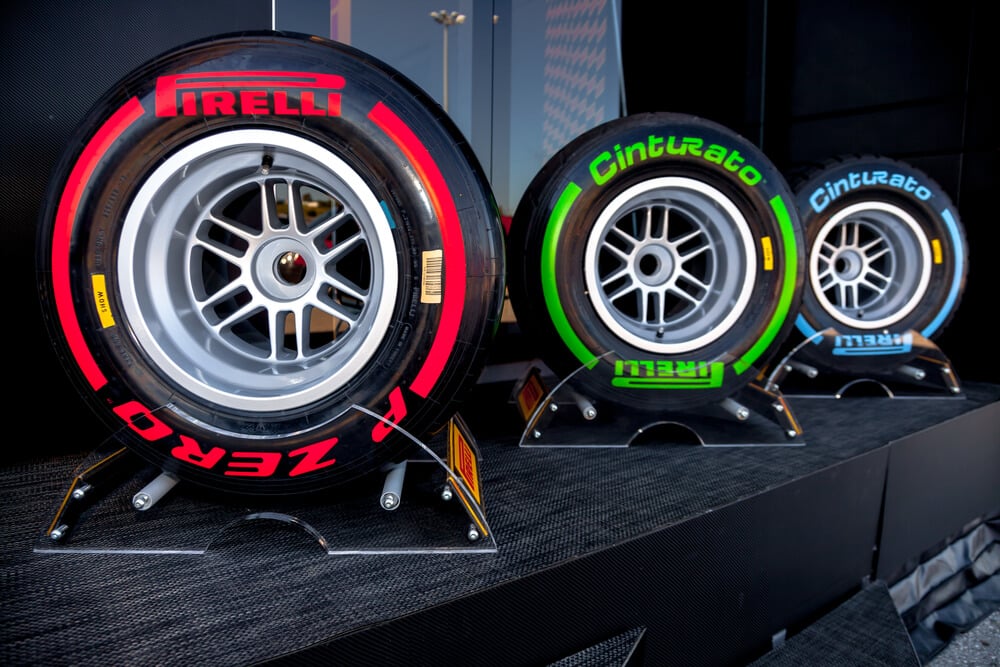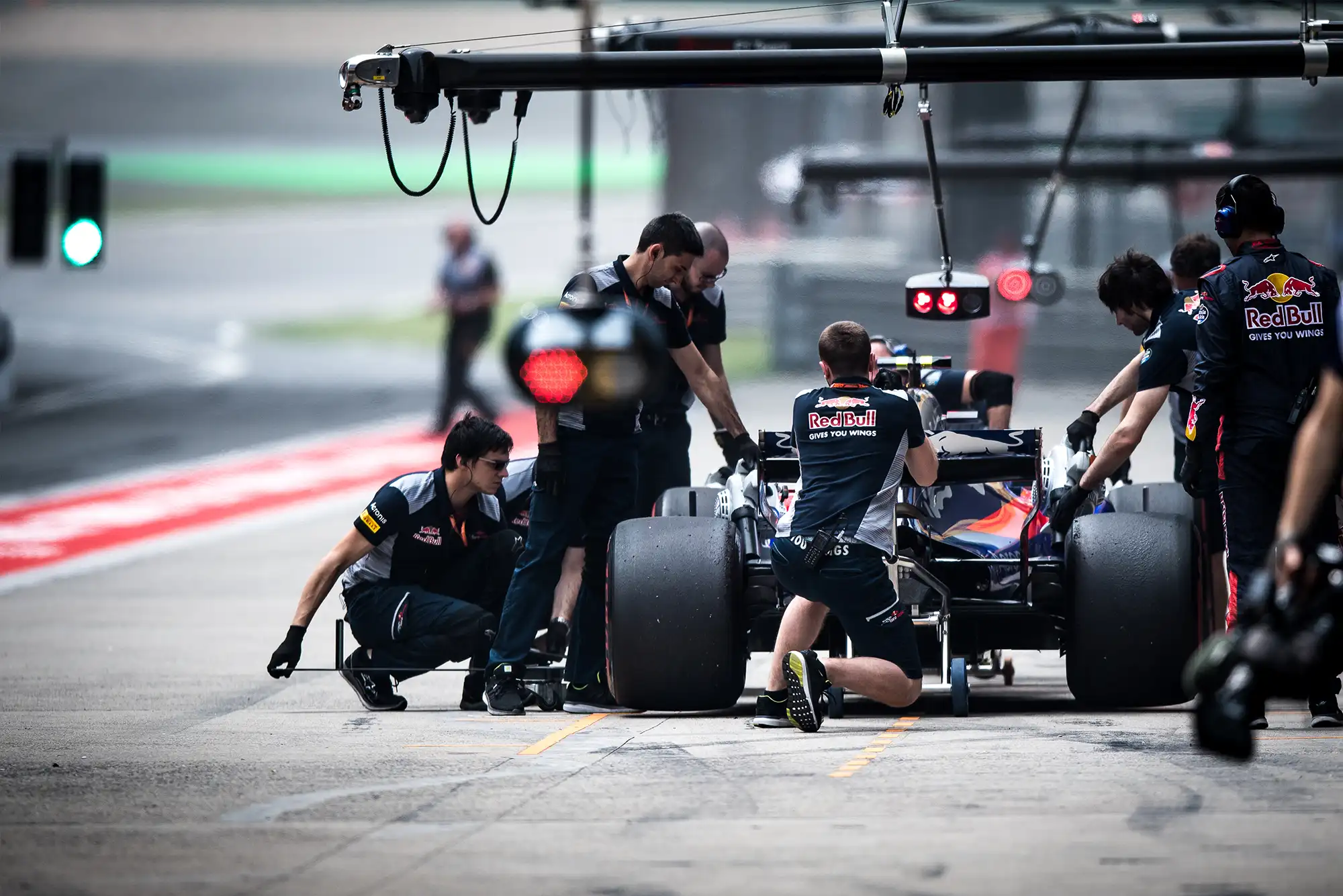Formula One is a high-stakes racing sport that requires a thorough understanding of the technical aspects involved to achieve success. One such critical aspect is the concept of slip angle. In this article, we will delve into the topic of slip angle, its importance in Formula One, and how it affects the performance of the car and the driver’s ability to control it.
Table of Contents
Watch this video to learn more about slip angle in F1.
What is Slip Angle?
Slip angle is the angle between the direction of travel of a car’s wheels and its longitudinal axis. In simple terms, it is the angle formed when the tire’s actual direction of travel deviates from its intended direction of travel. The slip angle affects a car’s handling and performance significantly.
How Slip Angle Affects a Car’s Performance
The slip angle affects a car’s performance in several ways. When a tire is subjected to a slip angle, it generates a lateral force that changes the car’s direction of travel. This lateral force is known as cornering force. The magnitude of the cornering force is directly proportional to the slip angle. Therefore, the greater the slip angle, the greater the cornering force.
However, the cornering force has a limit beyond which the tire loses its grip and starts to slide. This limit is known as the tire’s slip angle limit. If the slip angle exceeds the tire’s slip angle limit, the tire will lose traction, causing the car to skid or spin out of control.
The Relationship Between Slip Angle and Tire Grip
The slip angle is closely related to the tire’s grip on the track. A tire’s grip is determined by its coefficient of friction, which is affected by the temperature and pressure of the tire. The tire’s grip decreases as the slip angle increases, and the tire starts to slide. This decrease in grip reduces the cornering force and makes it more challenging to control the car.
The Effect of Different Track Conditions on Slip Angle
The track conditions, such as the type of surface, temperature, and humidity, affect the slip angle of a car. For example, a dry track with a high temperature and low humidity will cause the tire to generate more grip, leading to a smaller slip angle. On the other hand, a wet track with low temperature and high humidity will cause the tire to generate less grip, leading to a larger slip angle.
Slip Angle and Cornering
Cornering is one of the most crucial aspects of Formula One racing. The ability to corner effectively and efficiently can make the difference between winning and losing. The slip angle plays a critical role in cornering, as it affects the car’s ability to maintain its trajectory.
Understeer
Understeer occurs when the front tires lose grip, causing the car to continue in a straight line, despite the steering wheel being turned. The slip angle in understeer is smaller than the optimal slip angle, resulting in a reduced cornering force.
To manage understeer, the driver can adjust the car’s setup, such as changing the front wing’s angle, or adjusting the tire pressure to increase the front tire’s grip. Additionally, the driver can adjust their driving technique, such as reducing their speed, to manage the understeer.
Oversteer
Oversteer occurs when the rear tires lose grip, causing the car’s rear end to slide out, leading to a spin. The slip angle in oversteer is greater than the optimal slip angle, resulting in a reduced cornering force.
To manage oversteer, the driver can adjust the car’s setup, such as changing the rear wing’s angle, or adjusting the tire pressure to increase the rear tire’s grip. Additionally, the driver can adjust their driving technique, such as accelerating more gradually, to manage the oversteer

Slip Angle and Aerodynamics
Aerodynamics play a crucial role in Formula One racing. The way air flows over the car affects its performance, especially in terms of cornering. The slip angle plays a significant role in determining the car’s aerodynamic behavior.
Wing Angle
The angle of the wings affects the amount of downforce generated by the car. Downforce is the force that pushes the car down onto the track, increasing its grip and stability. The optimal wing angle depends on several factors, including the track conditions, the car’s speed, and the driver’s preferences.
If the wing angle is too high, it can cause the car to generate too much downforce, resulting in a larger slip angle and reduced cornering speed. On the other hand, if the wing angle is too low, the car will generate less downforce, leading to a smaller slip angle and reduced cornering grip.
Diffuser
The diffuser is a critical component of the car’s aerodynamics. It is a device that increases the airflow underneath the car, reducing the air pressure and generating downforce. The design of the diffuser affects the amount of downforce generated and the slip angle of the car.
If the diffuser is too large or too aggressive, it can generate too much downforce, leading to a larger slip angle and reduced cornering speed. On the other hand, if the diffuser is too small or not aggressive enough, the car will generate less downforce, leading to a smaller slip angle and reduced cornering grip.
Measuring Slip Angle
Measuring slip angle is critical for understanding a car’s performance and making necessary adjustments. There are several methods for measuring slip angle, including:
Wheel Speed Sensors: These sensors measure the difference in wheel speed between the inner and outer wheels during a turn.
Gyroscopic Sensors: These sensors measure the car’s rotational movement during a turn.
Infrared Camera: This camera measures the tire’s contact patch on the track to determine the slip angle.
Frequently Asked Questions
1. What is slip angle in Formula One racing?
2. How does slip angle affect a car's performance in F1?
3. How do aerodynamics affect slip angle in F1?
4. How can you measure slip angle in F1?
Conclusion
Slip angle is a critical concept in Formula One racing that affects a car’s performance and handling. It plays a significant role in cornering, aerodynamics, and tire grip.
By understanding the concept of slip angle and its relationship with different track conditions, drivers and engineers can make necessary adjustments to improve the car’s performance. Properly measuring slip angle can provide valuable insights into the car’s behavior and help in making necessary adjustments.
Article sources
Learn more about Formula One
Want to learn more about F1? Then visit our Formula 1 glossary and dictionary.



